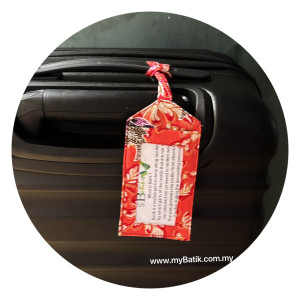🧪 What is the Role of Sodium Silicate in the Batik-Making Process?
Sodium Silicate, also known as water glass, plays an important role in the fixation stage of Batik dyeing—especially when using cold water dyes (like fiber-reactive dyes). It acts as a fixer or setting agent to help bond the dye to the fabric fibers, ensuring the colors are permanent, vibrant, and long-lasting.
🔍 Main Functions of Sodium Silicate in Batik:
-
Fixes the Dye to the Fabric:
-
Sodium silicate raises the pH level, which is essential for activating fiber-reactive dyes (commonly used in Batik).
-
This chemical reaction locks the dye molecules into the cotton fibers, preventing fading during washing.
-
-
Enhances Color Vibrancy:
-
It helps produce brighter and more intense colors by enabling better dye absorption and fixation.
-
-
Used After Dyeing:
-
Typically applied after the fabric has been dyed (and sometimes wax is removed first).
-
The fabric may be soaked or painted with a sodium silicate solution, and then left to cure before rinsing.
-
🧼 Aftercare:
Once sodium silicate has been used to fix the dyes, the fabric needs to be:
-
Cured (left to rest, often 6–24 hours depending on method)
-
Rinsed thoroughly with water and then washed with soap or detergent to remove any unfixed dye and chemical residue
⚠️ Safety Note:
Sodium silicate is a caustic substance—gloves and protective gear are recommended when handling it.
- Stock: In Stock
- Brand: myBatik
- Model: CLP-RW-04
- Weight: 0.30kg
- Dimensions: 3.00cm x 5.00cm x 10.00cm









